Station 3
Indigenous and migrant workers were essential to the building of California. As increasing industrialization and U.S. rule took hold of California in the late 1800’s, anti-immigrant violence and environmental damage accompanied ‘frontier’ California, which is represented in this next section of the mural.
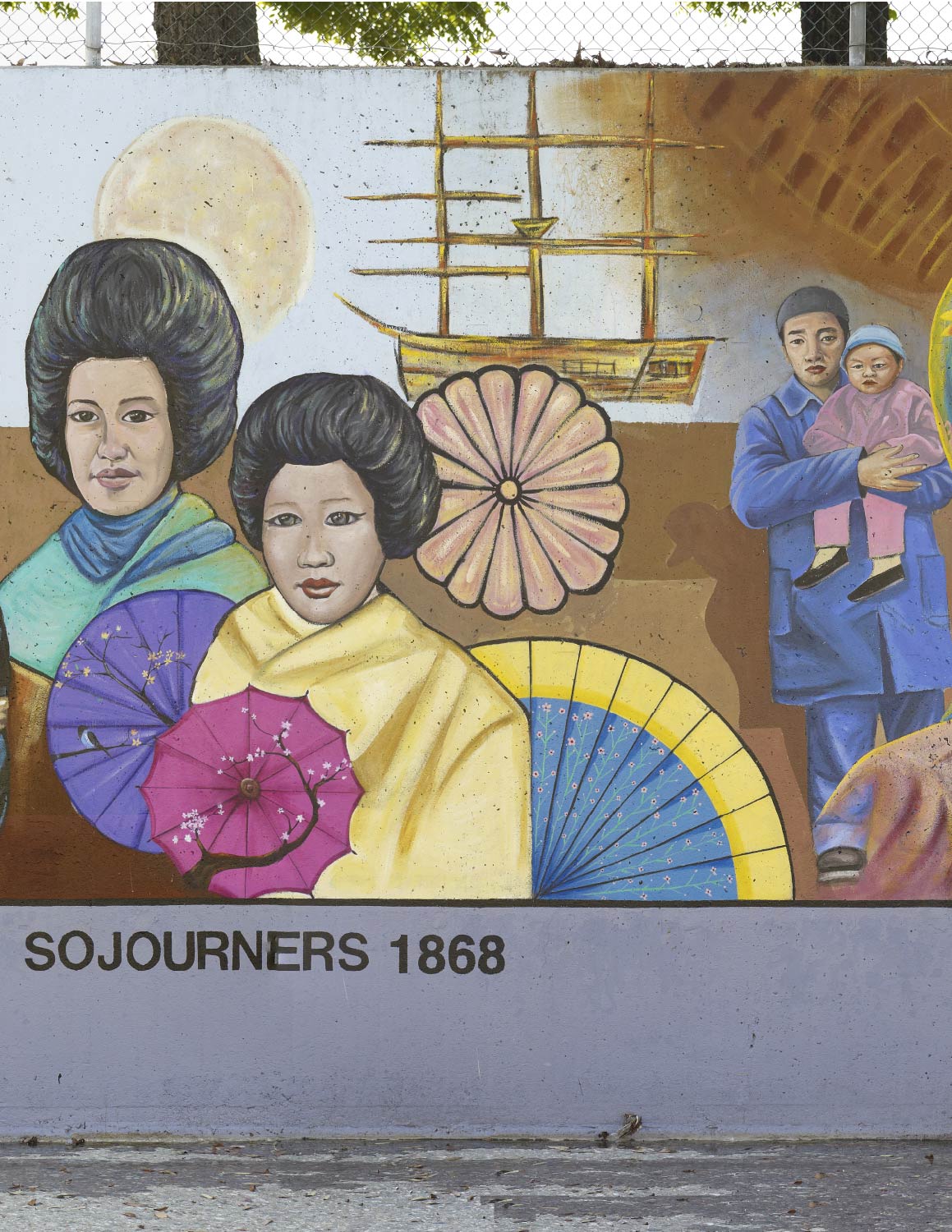

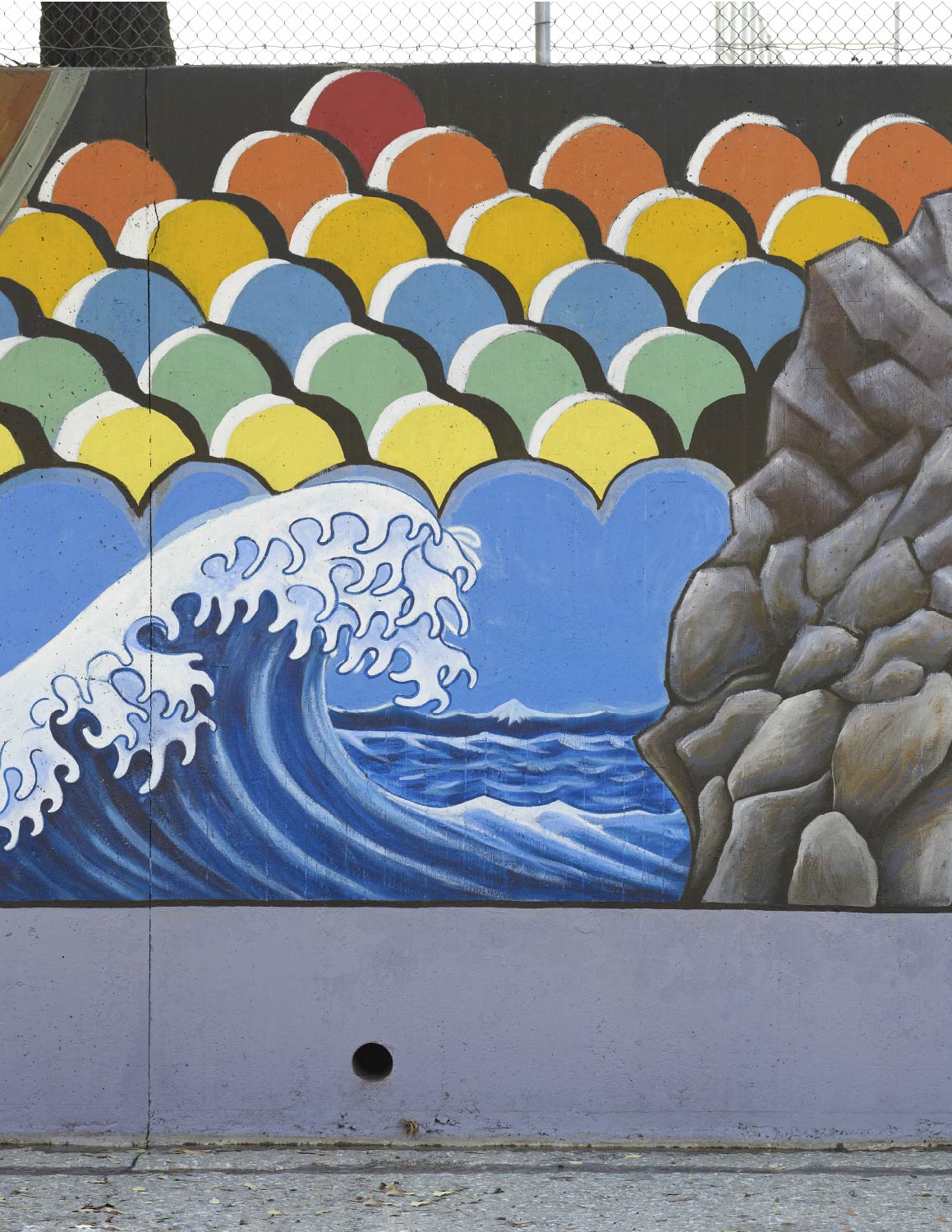

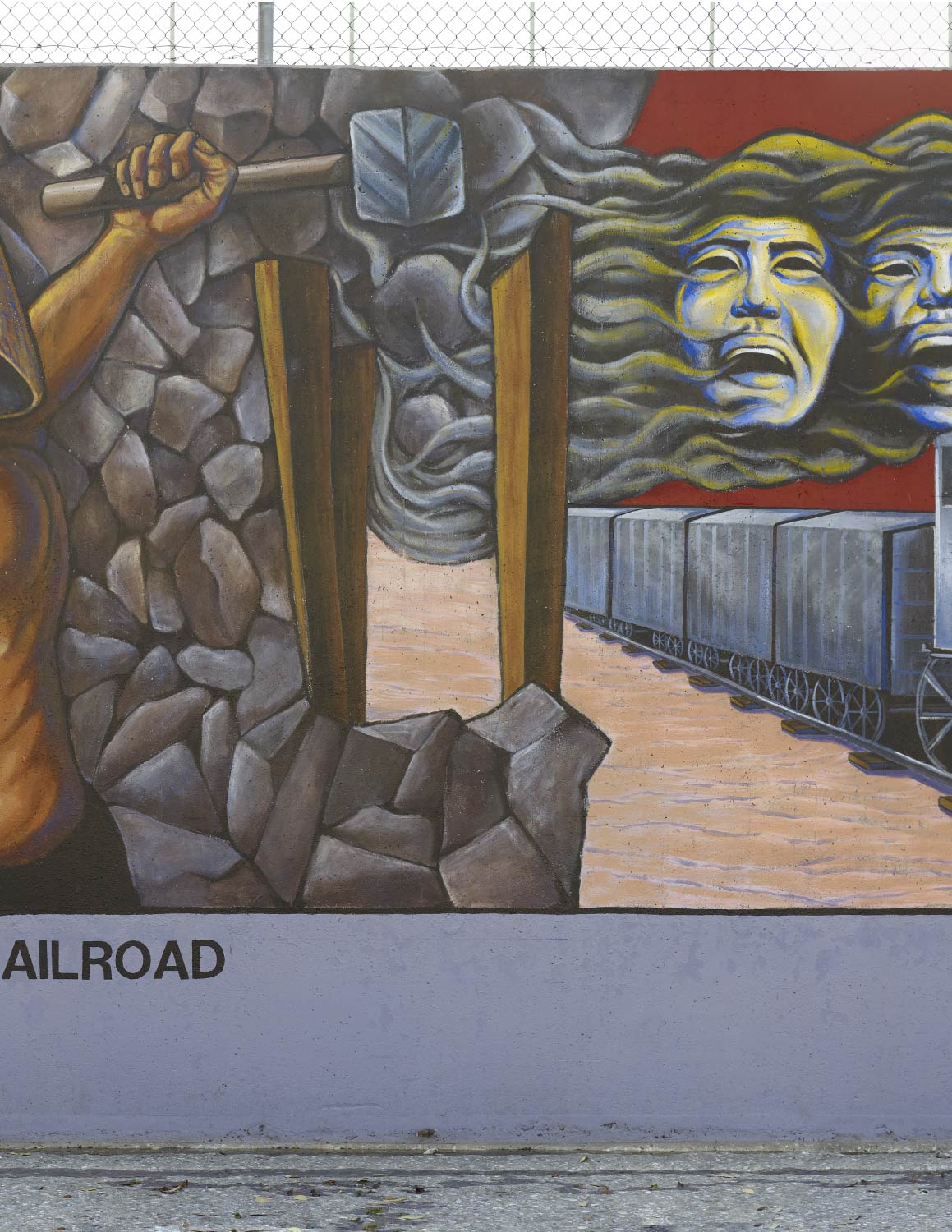

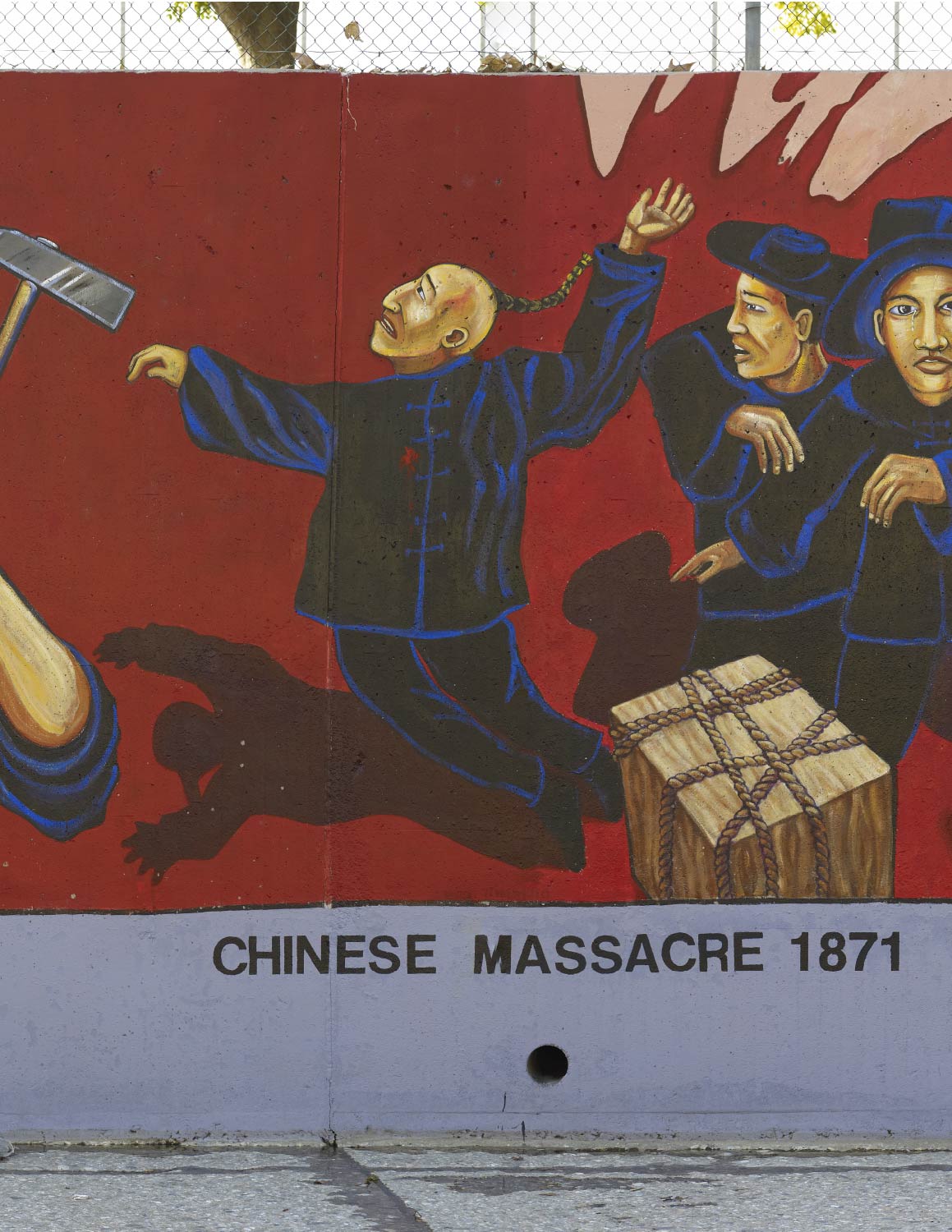

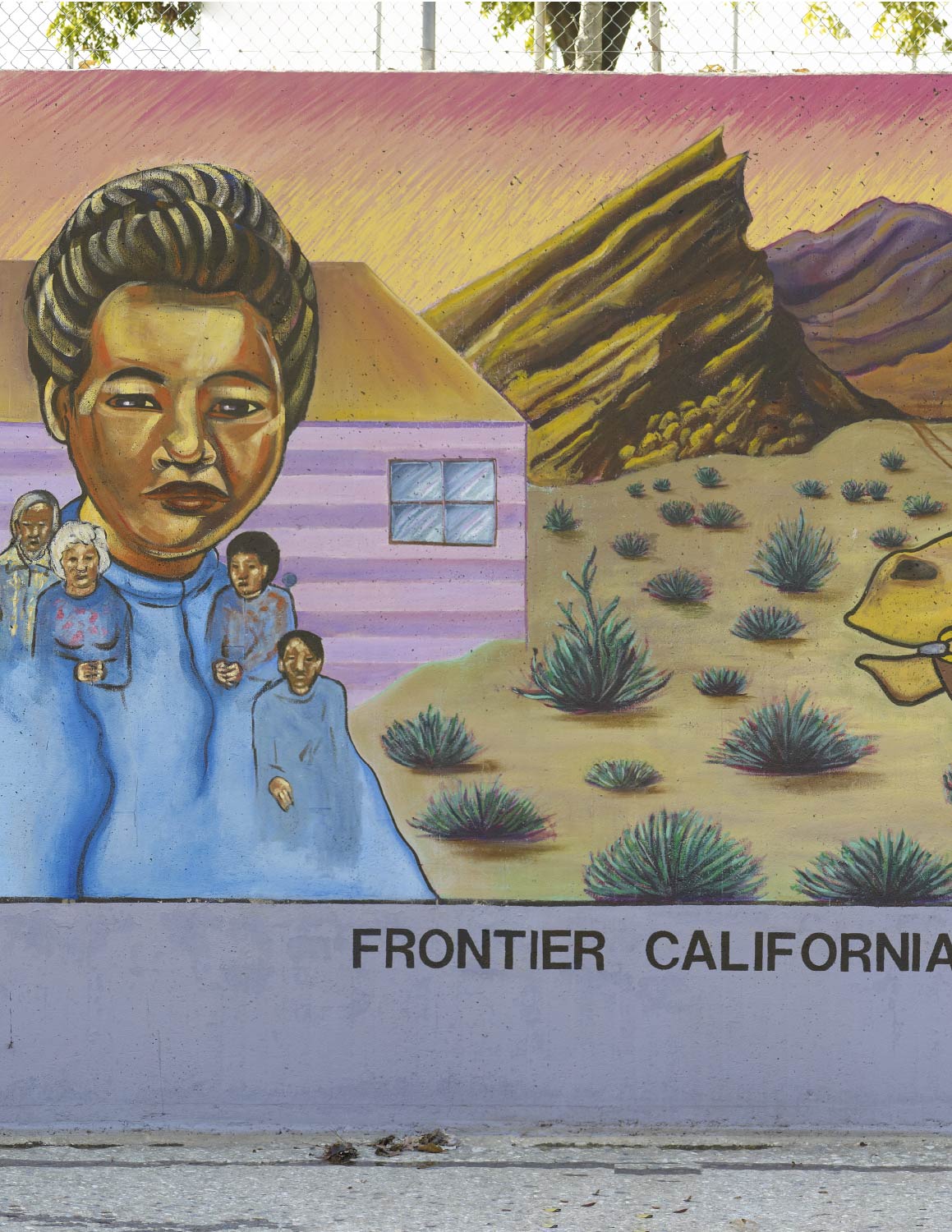
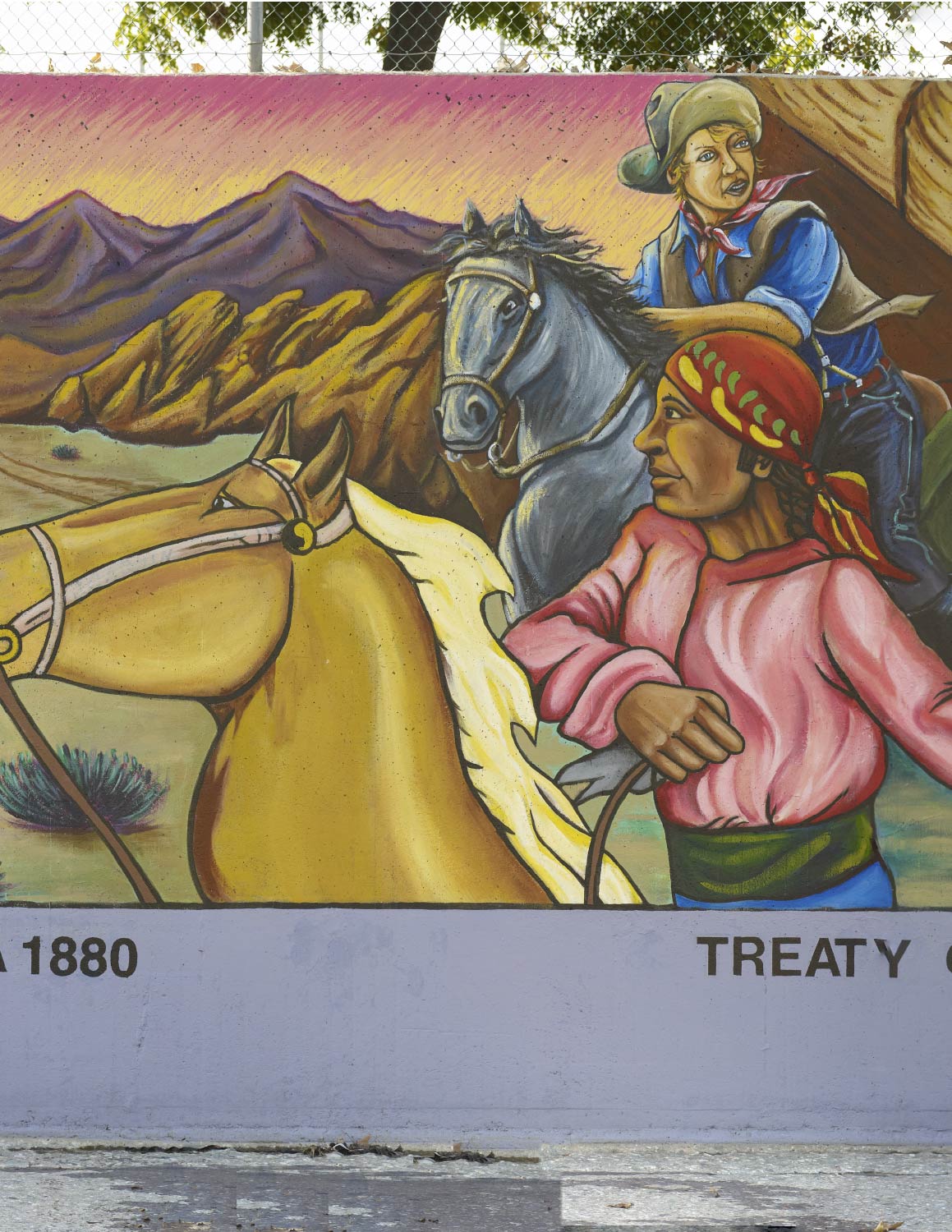
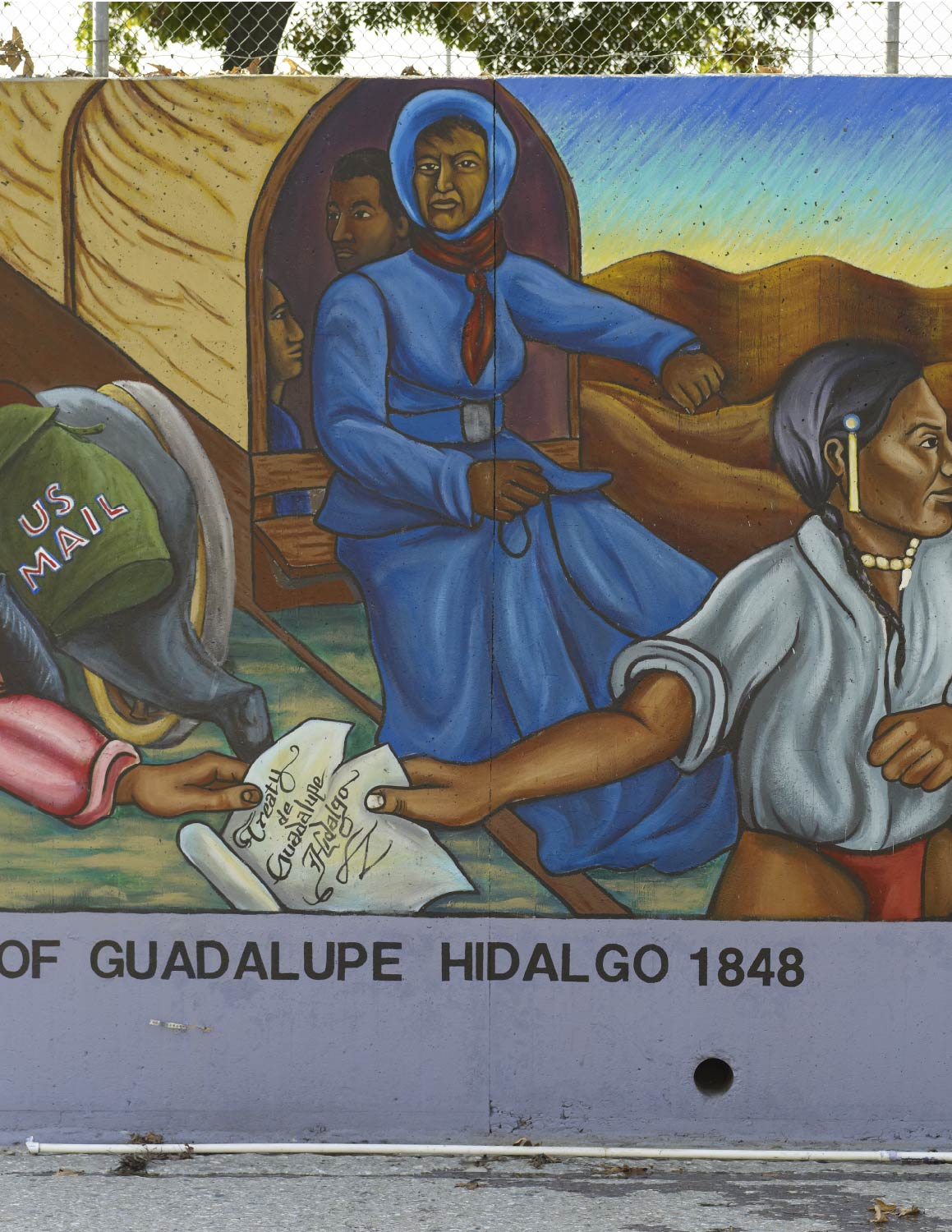
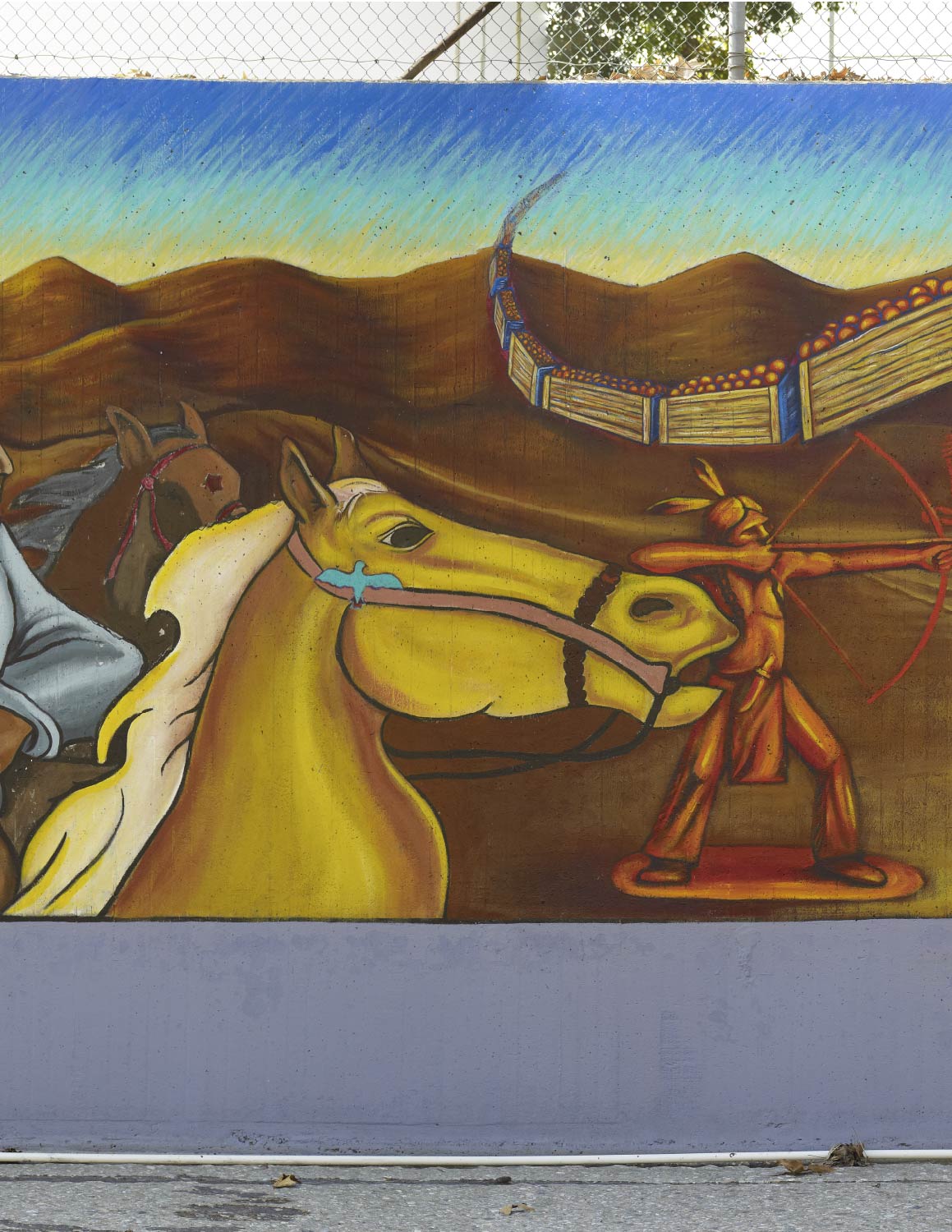

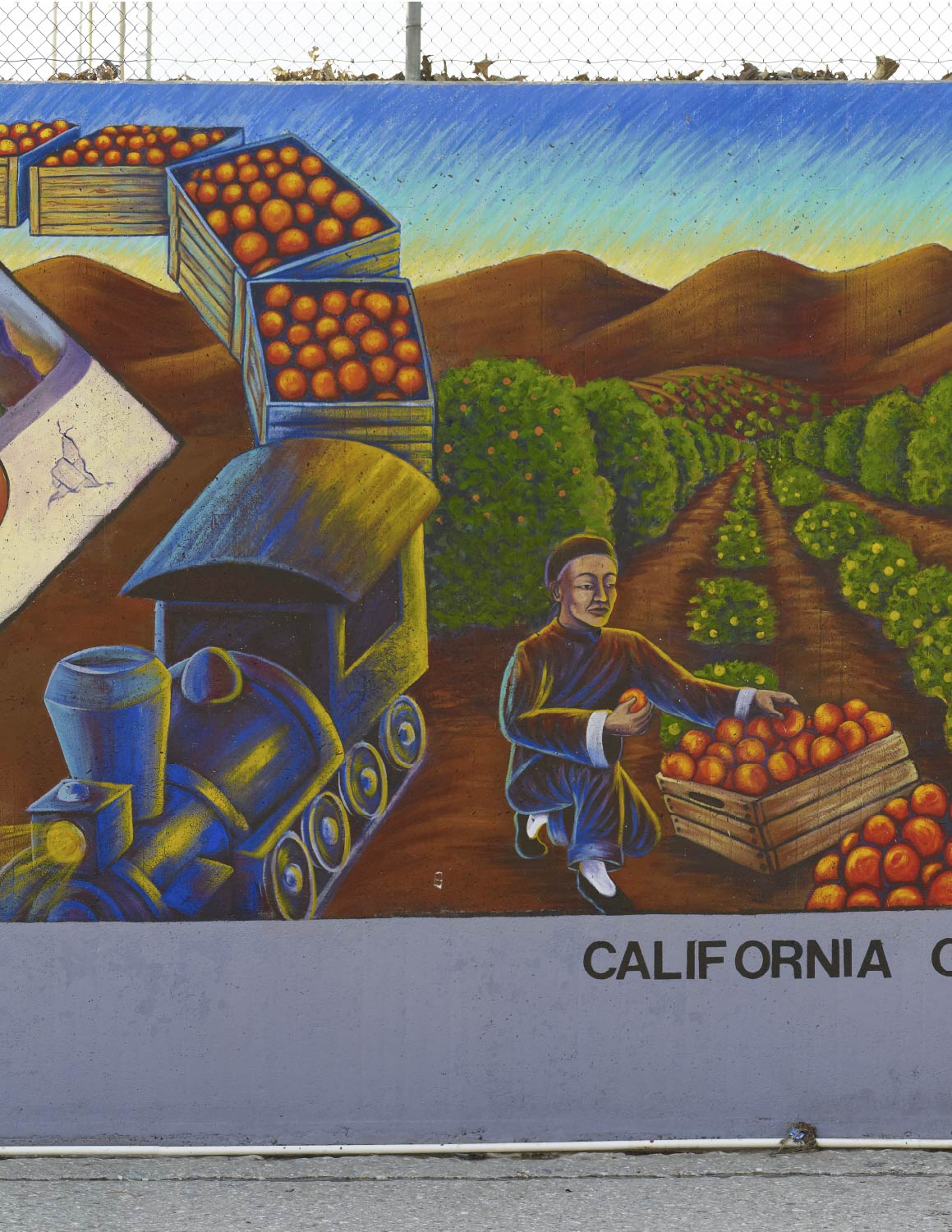
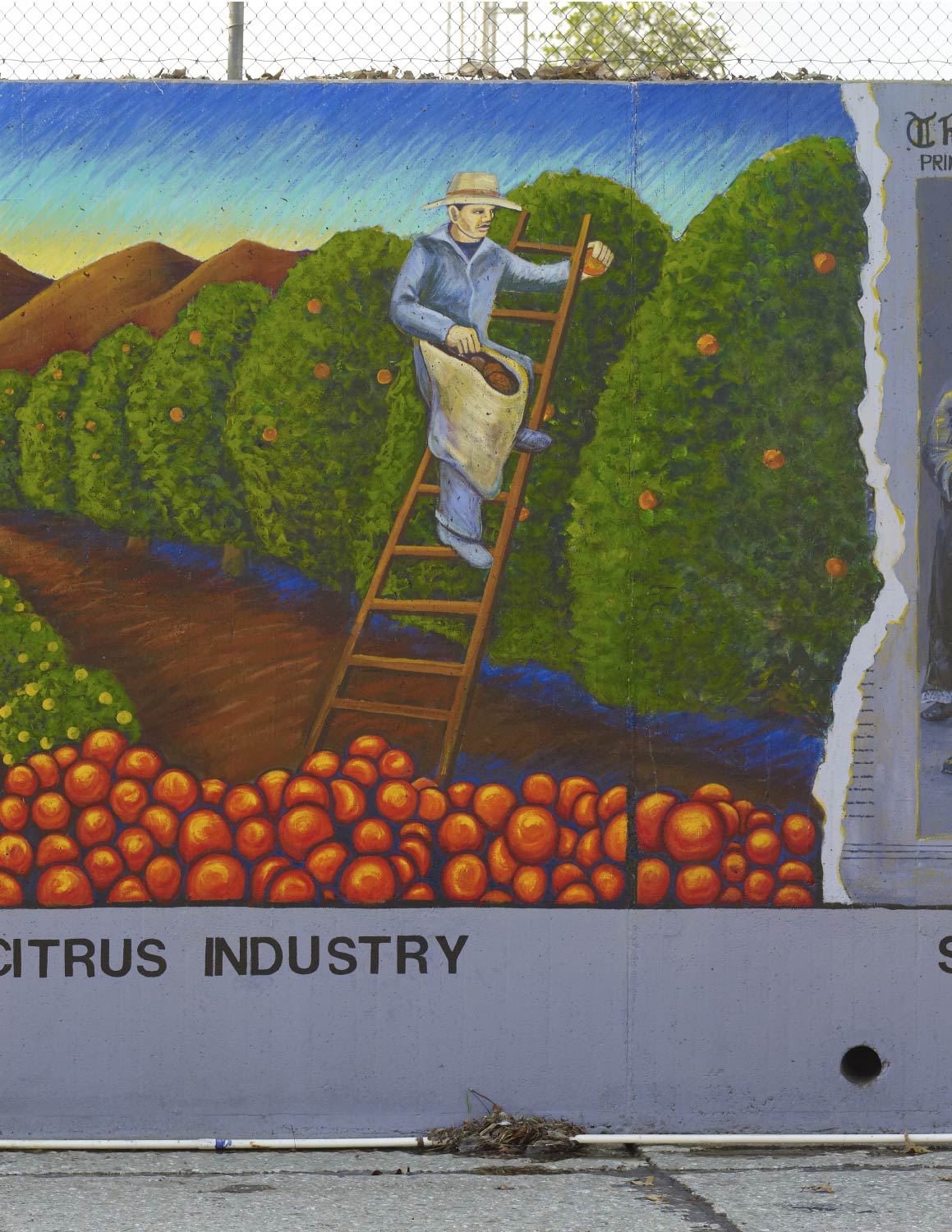
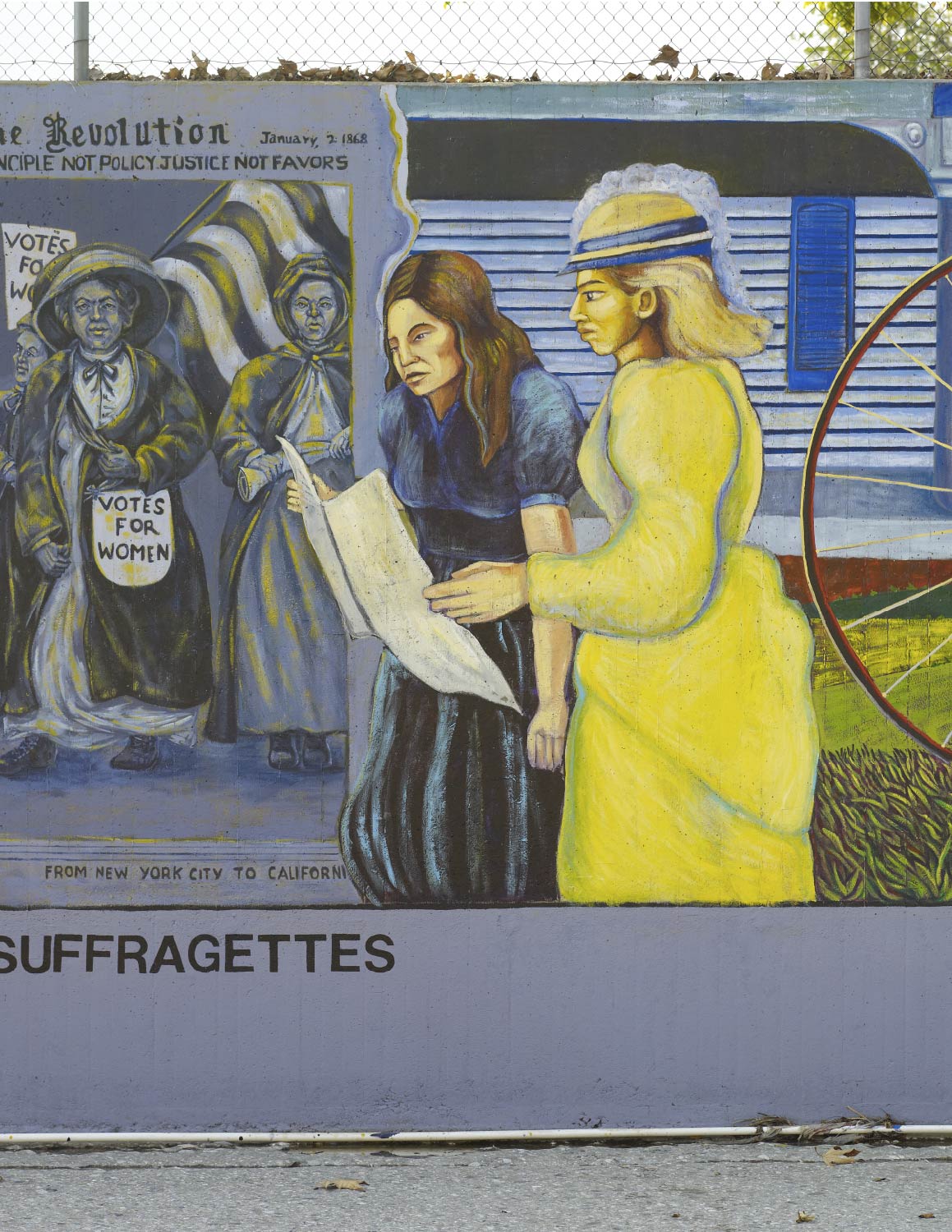
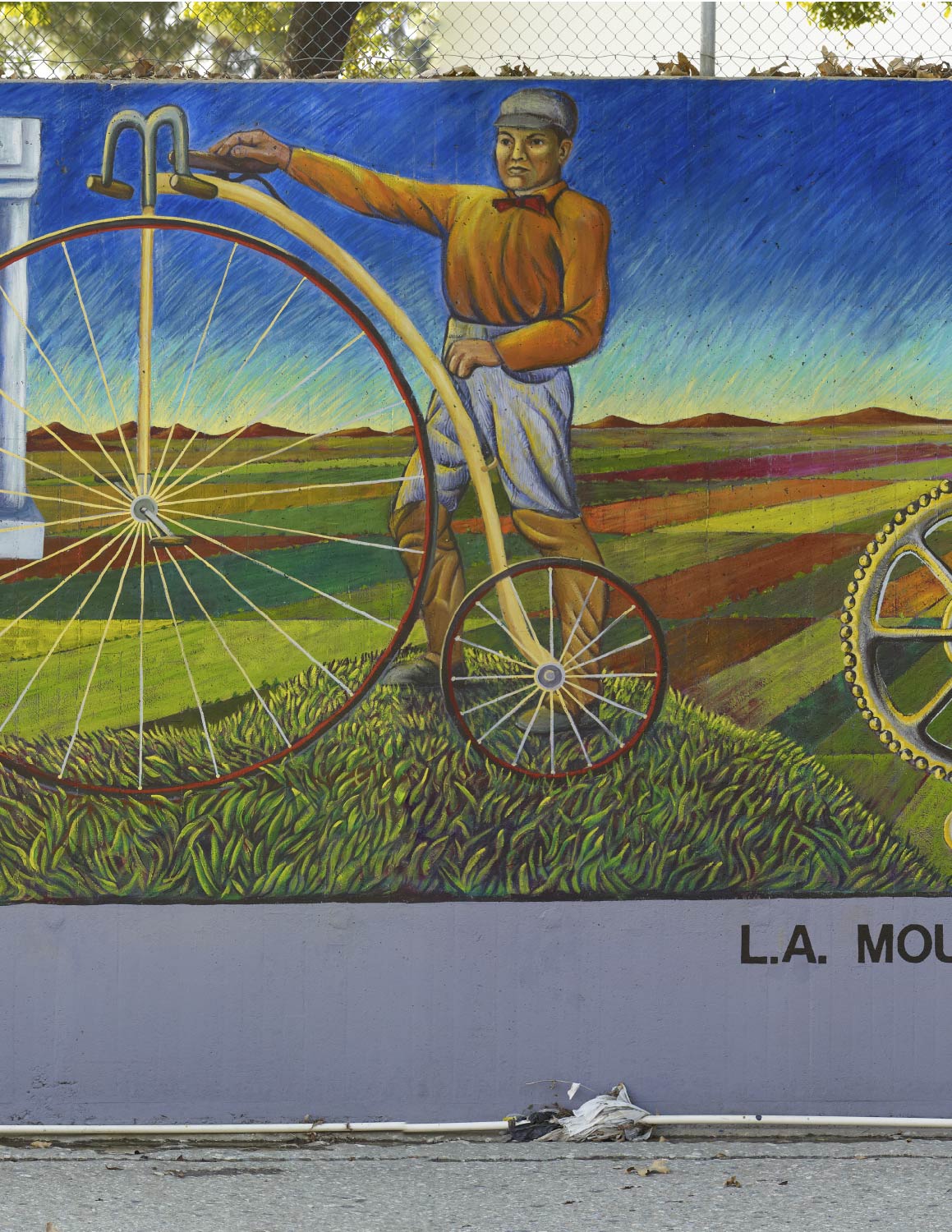
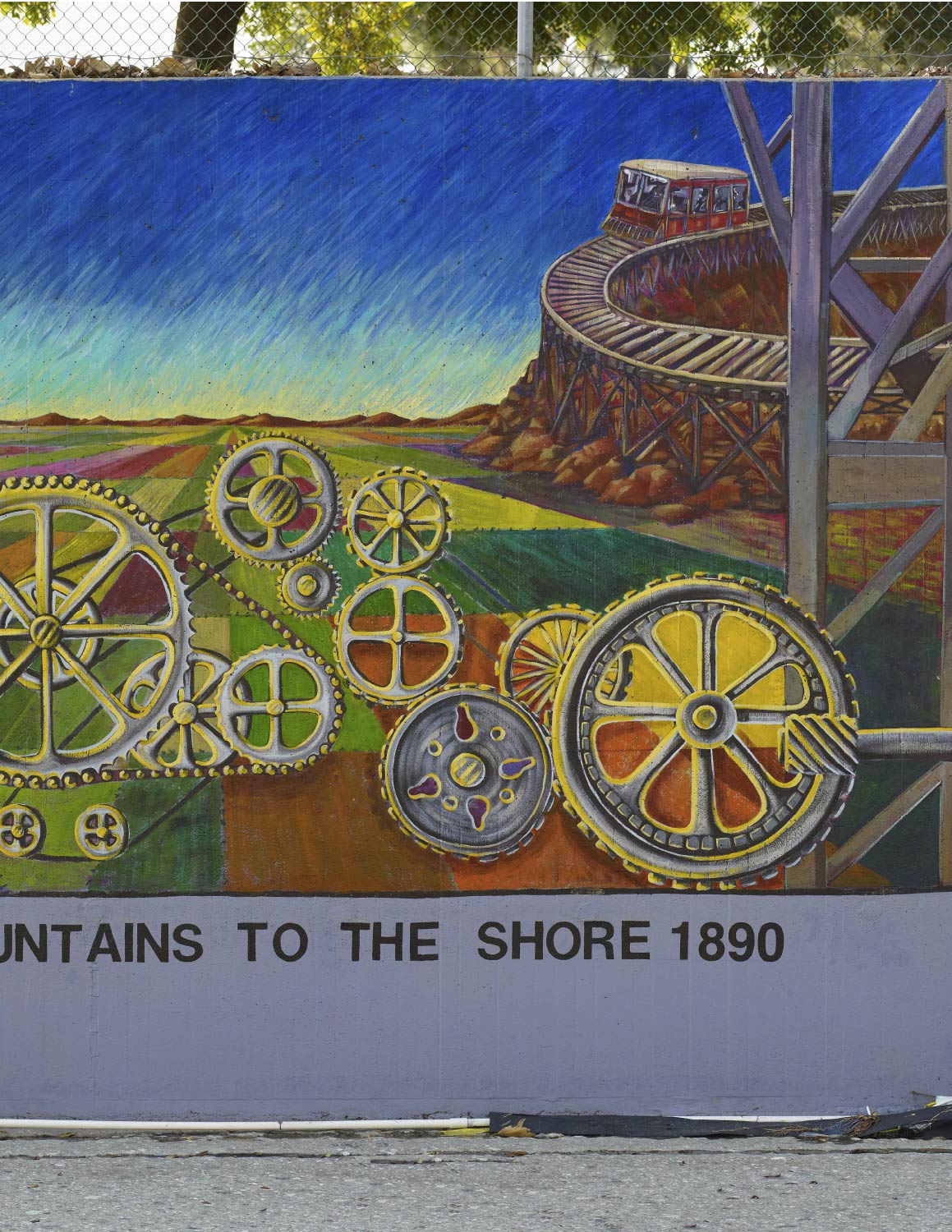
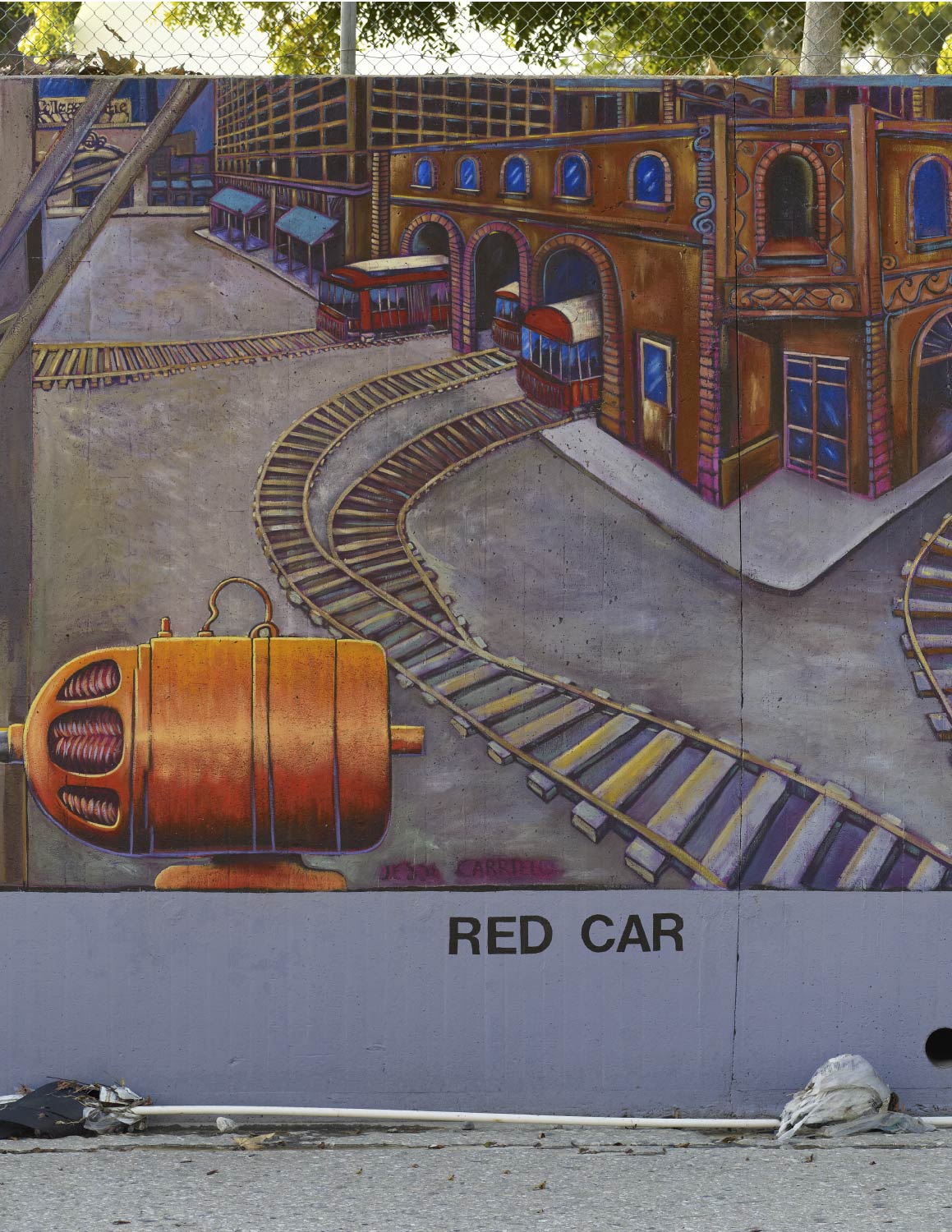
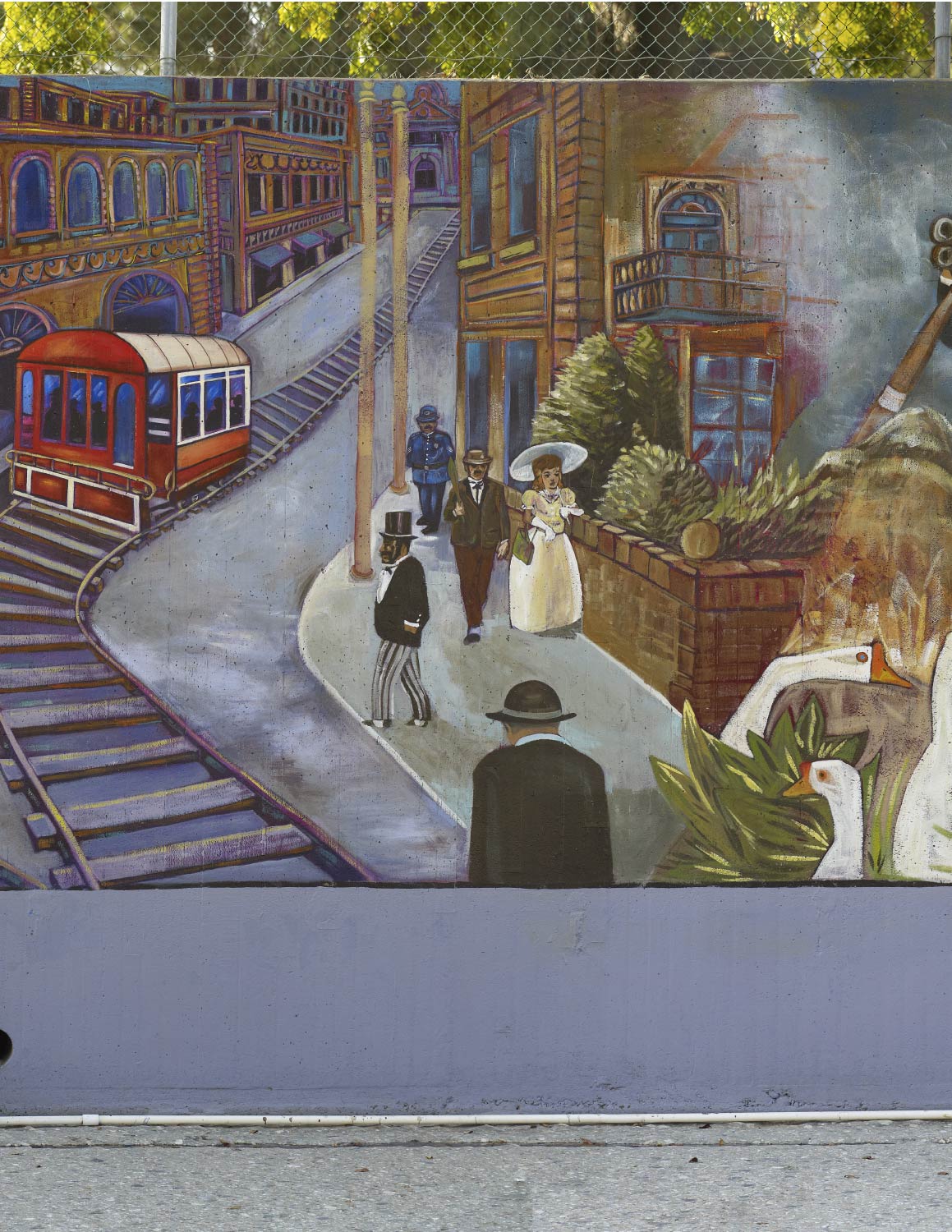
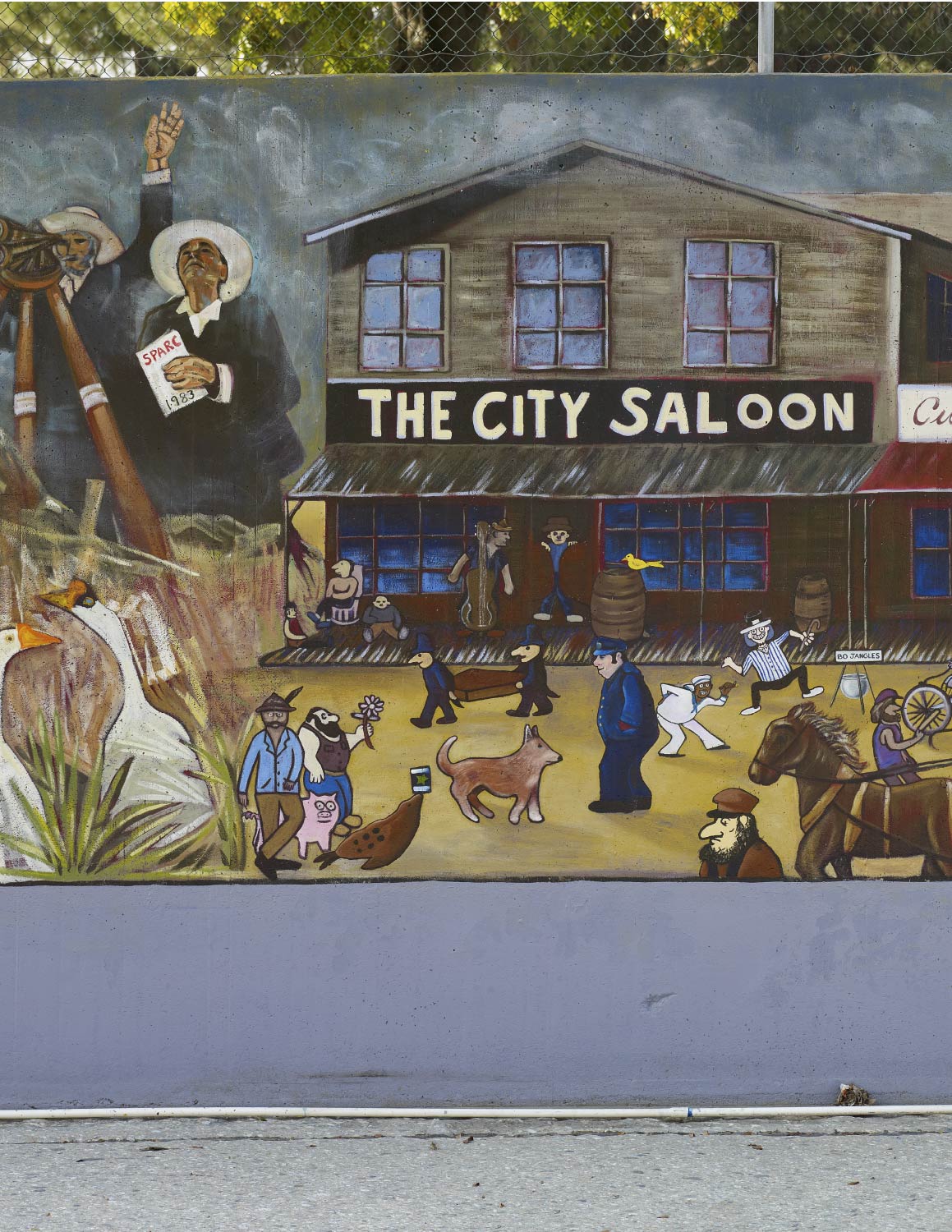

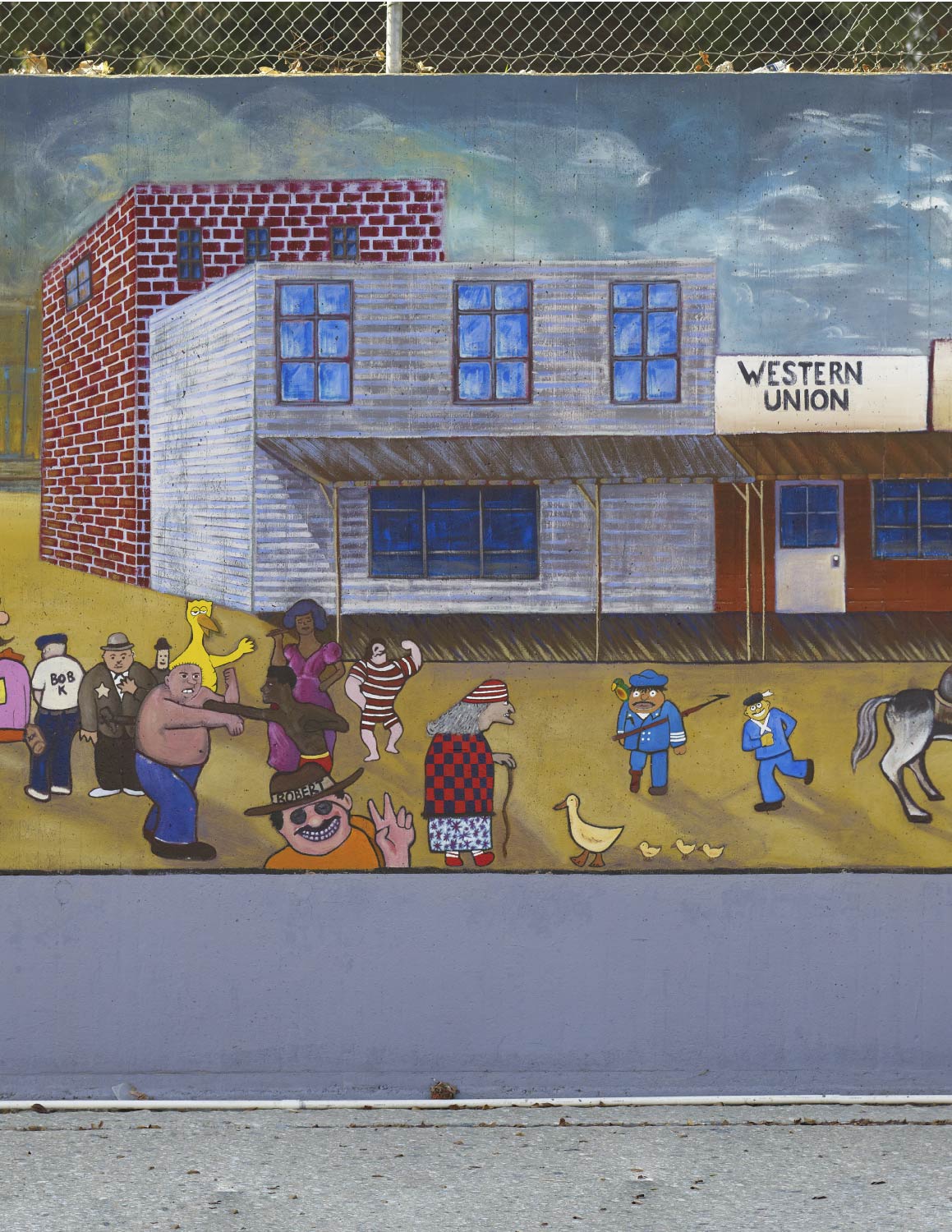
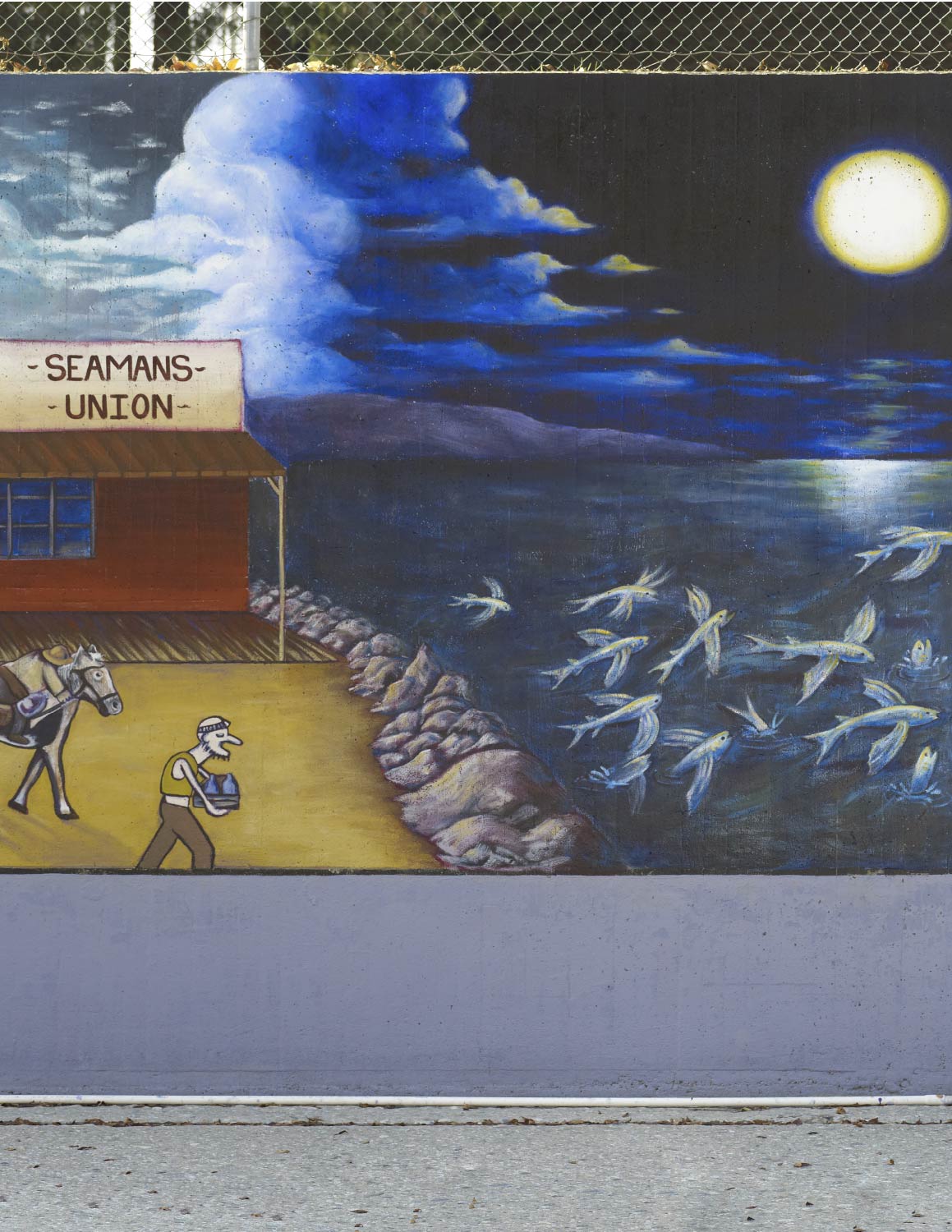
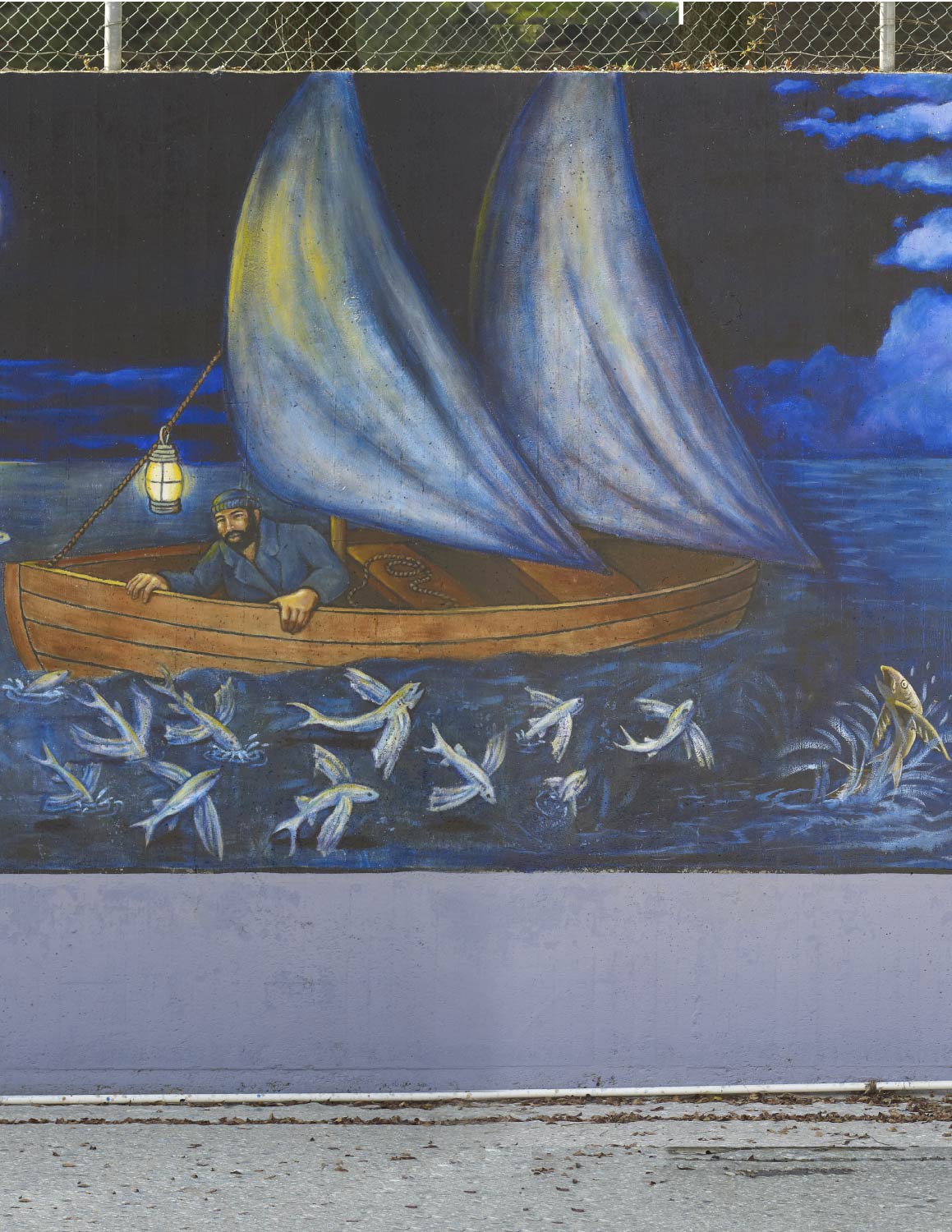
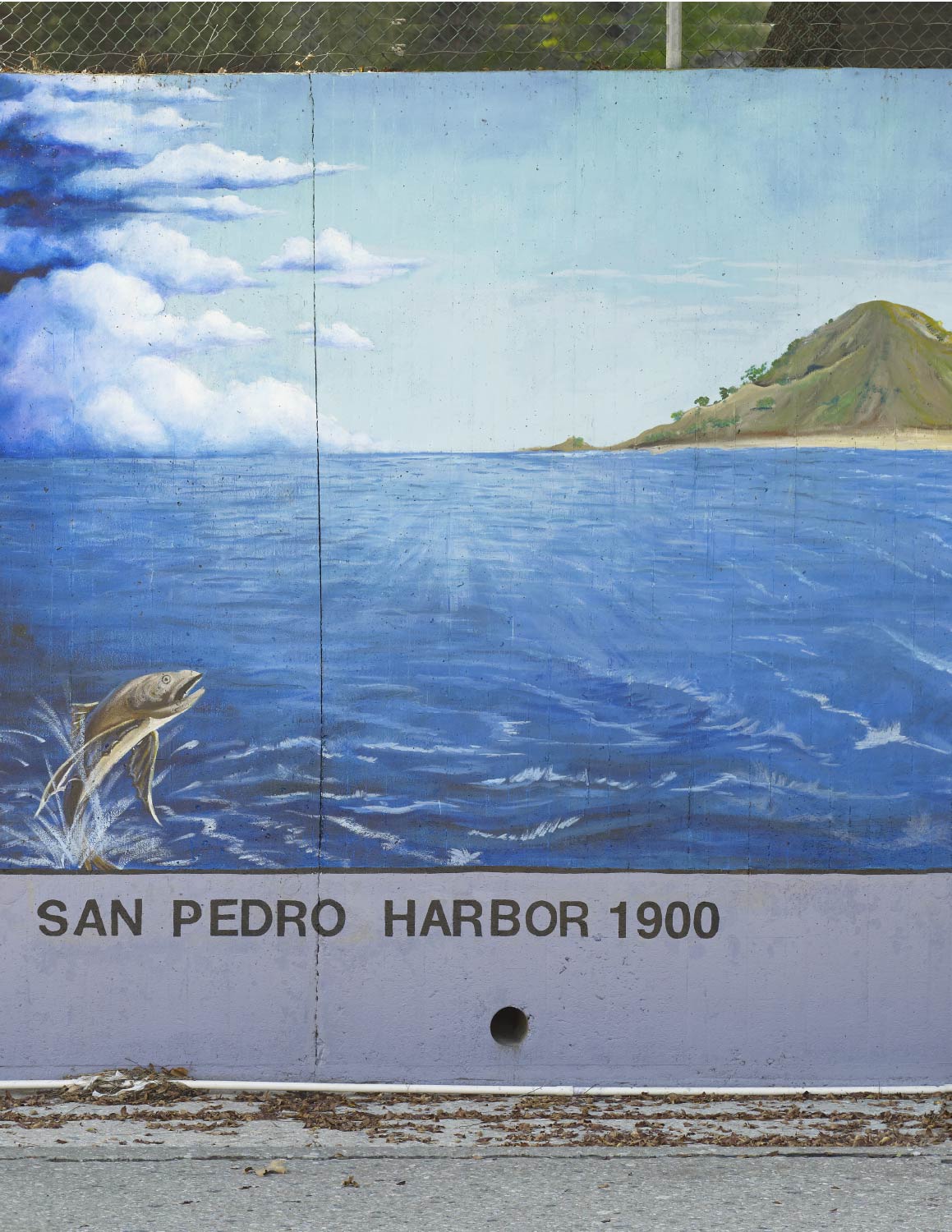

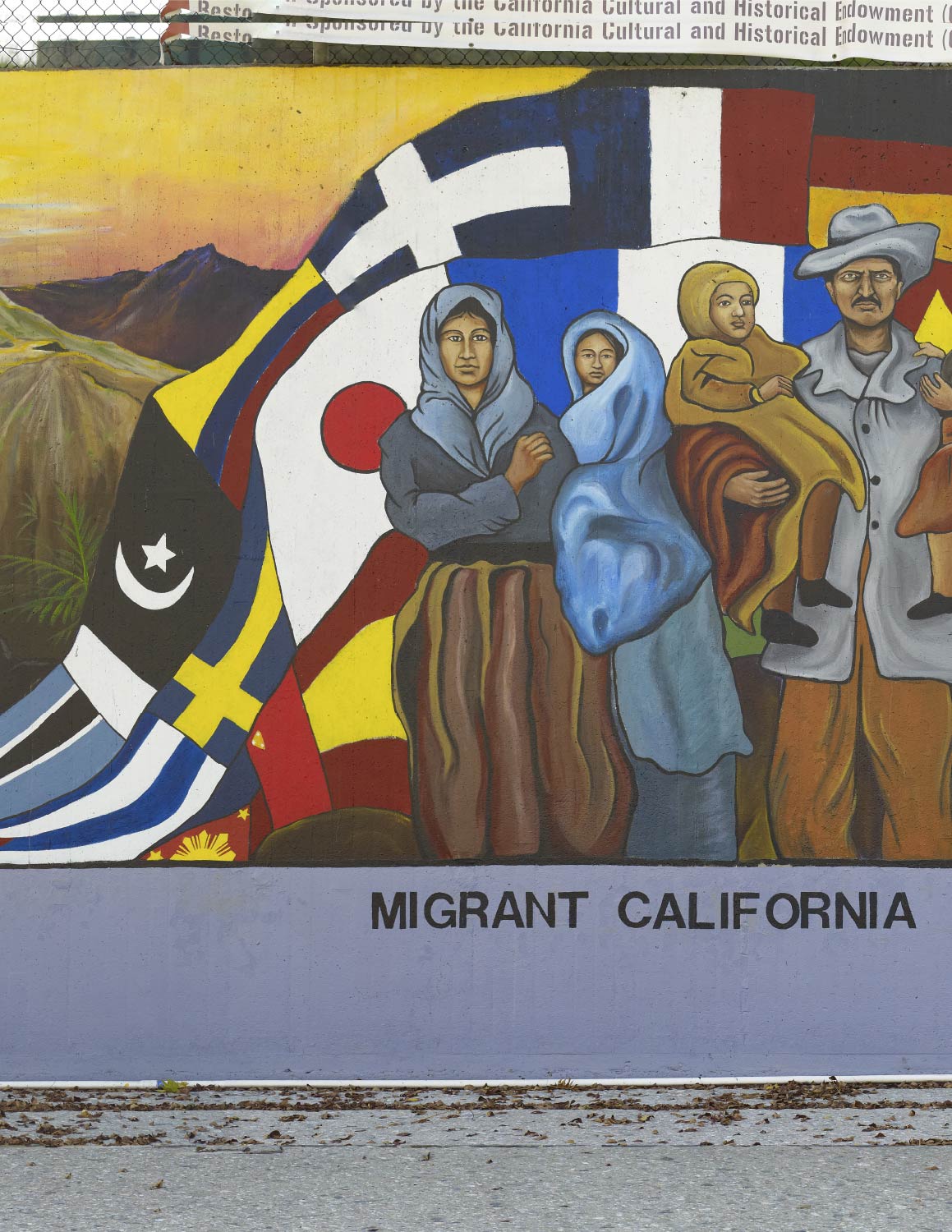
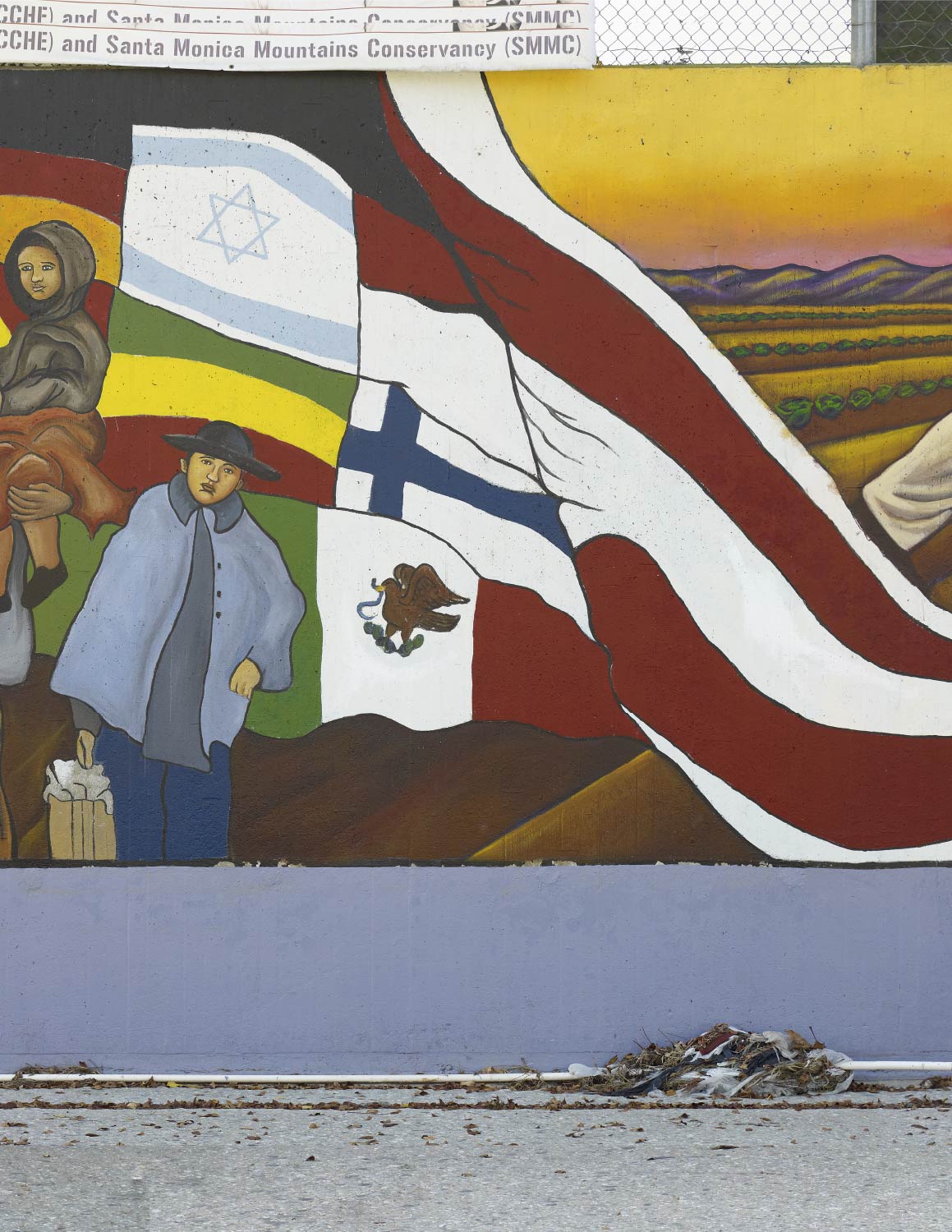
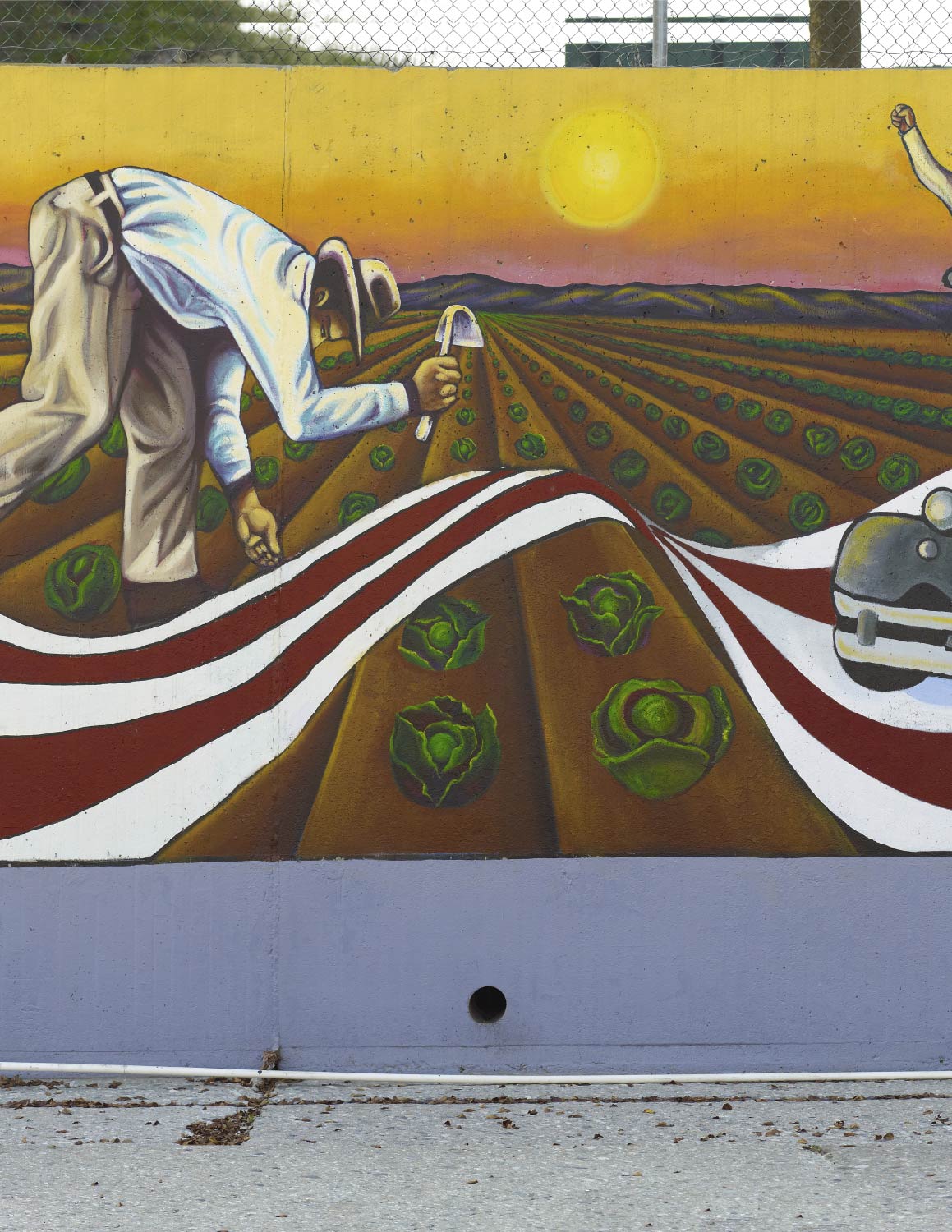
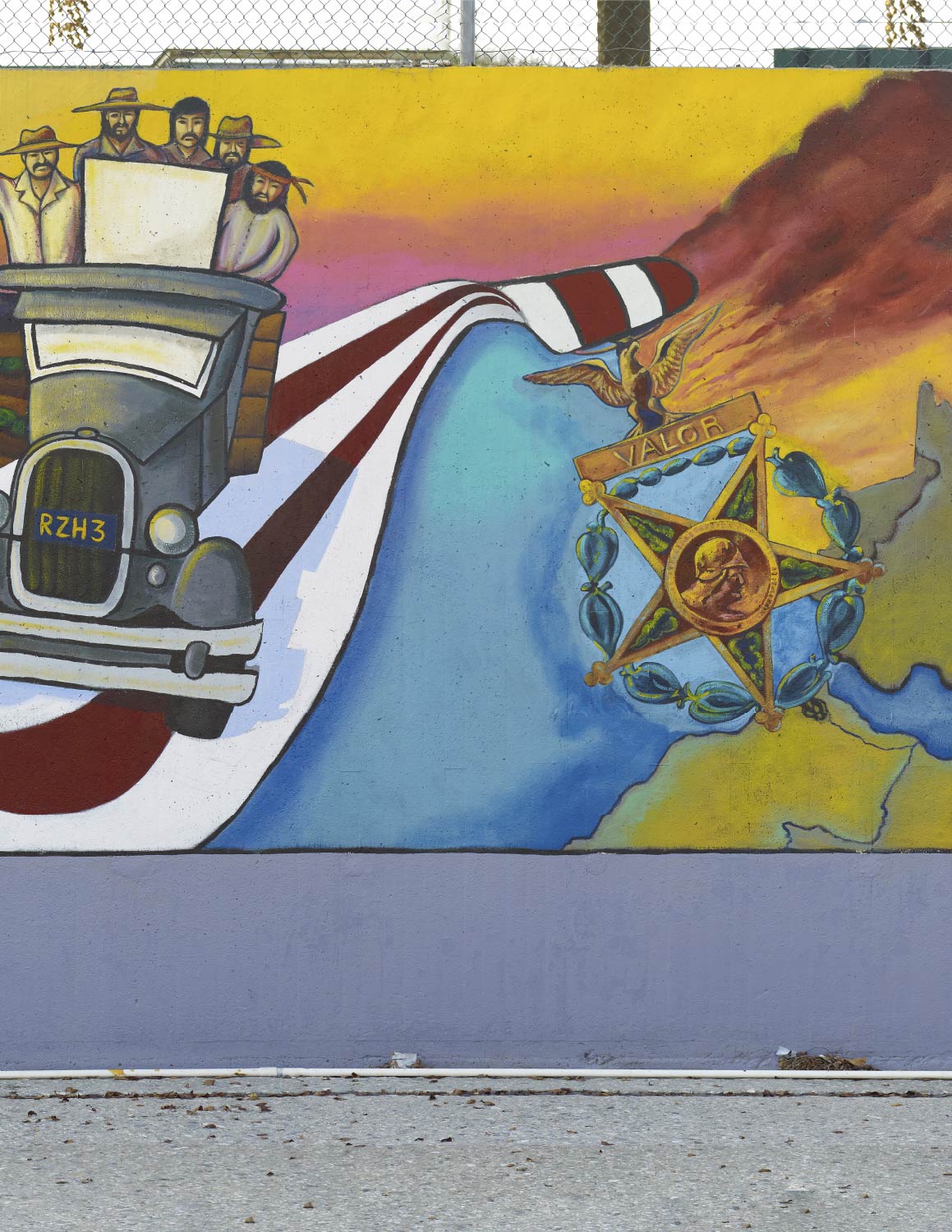
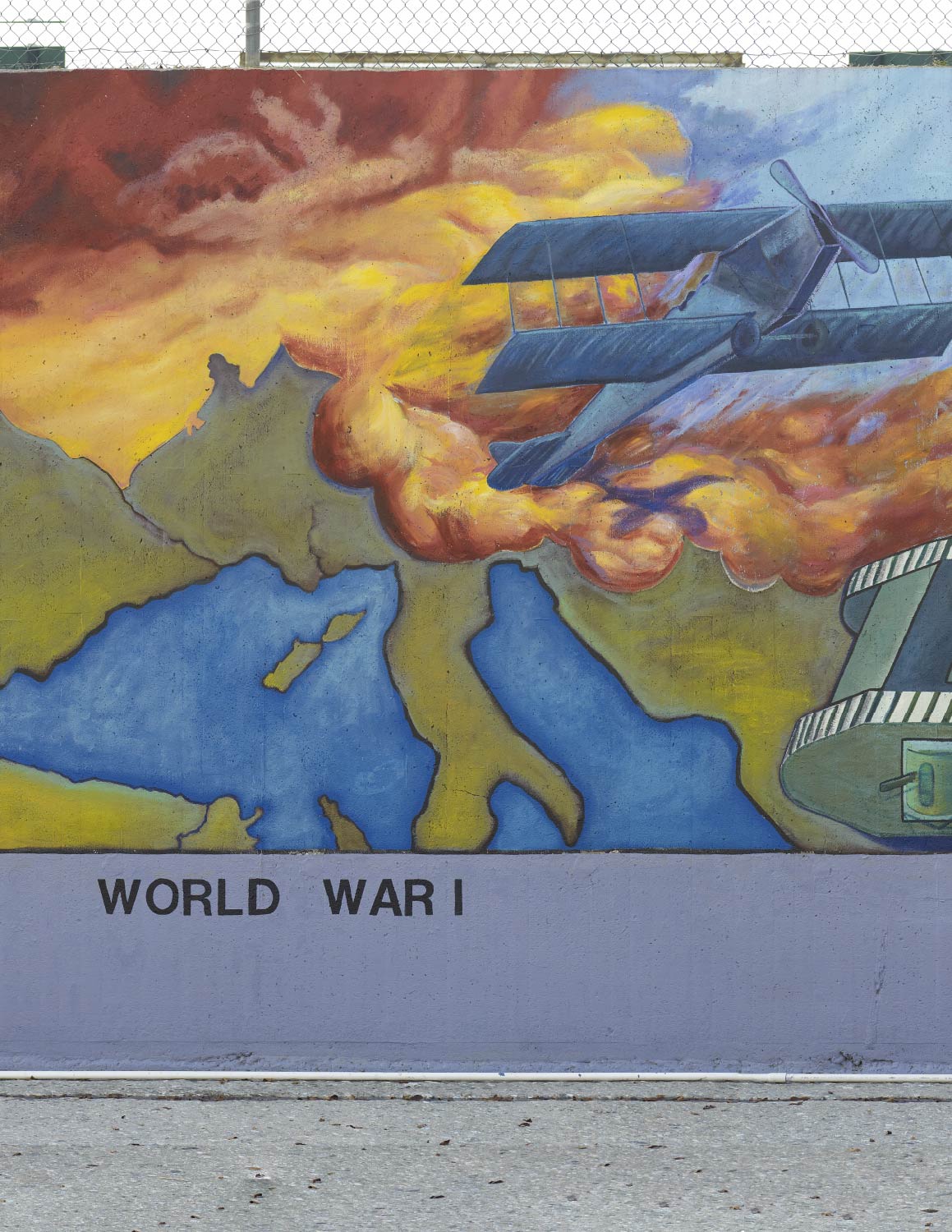


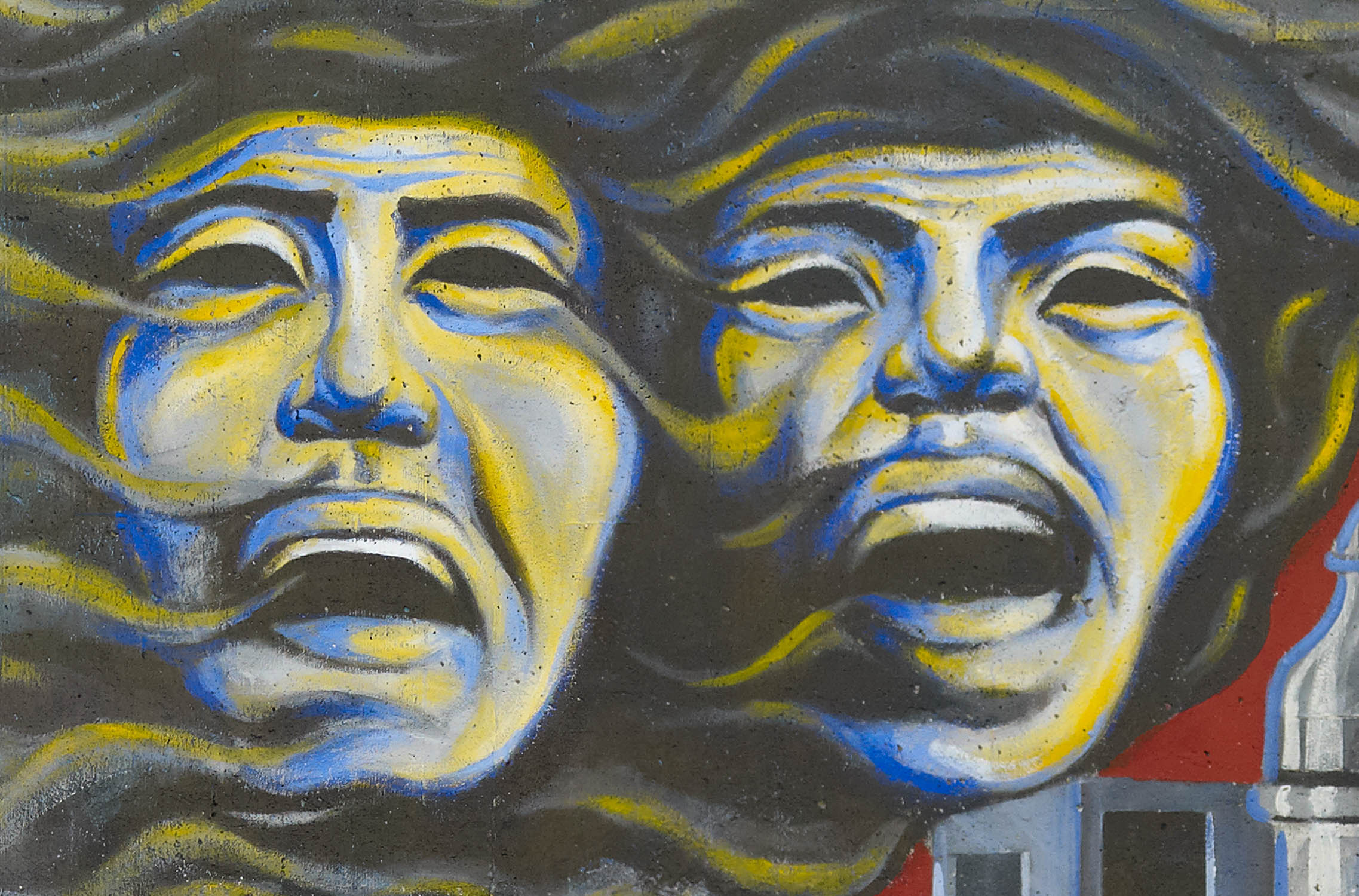
Railroad companies ruthlessly exploited Chinese workers, who labored under dangerous, back-breaking conditions and were flagrantly underpaid. The strained, anguished faces depicted in the cloud of ash memorialize the thousands of workers who lost their lives constructing the railroads.


The Chinese Massacre of 1871 marks one of the most horrific moments of racial violence in Los Angeles. On October 24th, mobs of Anglos and Mexicans beat, dragged, stabbed, hung, and violently murdered men and boys of the Old Chinatown community.

Over the course of 24 hours, 18 were murdered. Of the more than 500 Anglo and Mexican residents that participated in the violent acts, 25 were indicted, 10 stood trial, and only 8 were initially convicted of manslaughter. The charges, however, were overturned shortly. In a gross miscarriage of justice, the defendants were never retried, and no one faced prosecution for these violent murders.
The transcontinental railroads brought individuals, families, and industry to Southern California, contributing to the land boom of the late 1800s. The 1848 Treaty of Guadalupe Hidalgo ended the Mexican American War.
The Mexican government ceded more than half of its territory. This territory would become California, Nevada, Utah, New Mexico, most of Colorado and Arizona, and parts of Oklahoma, Kansas, and Wyoming. Although the treaty promised that former Mexican citizens would be treated as U.S. citizens and Mexican landowners could retain their land, these promises remained unfulfilled and paved the way for Anglo settlement.

Agricultural industries grew. The mural’s flourishing citrus grove reflects that, by 1889, more than 12,000 acres of land in Southern California were devoted to citrus culture.
Railways connected the L.A. mountains to the shore, while local electric powered rail cars known as “Red Cars” spanned from the San Fernando Valley to Long Beach and as far as Redlands and Newport Beach.
The invaluable contributions of immigrants, often historically dismissed, are highlighted in this final section.
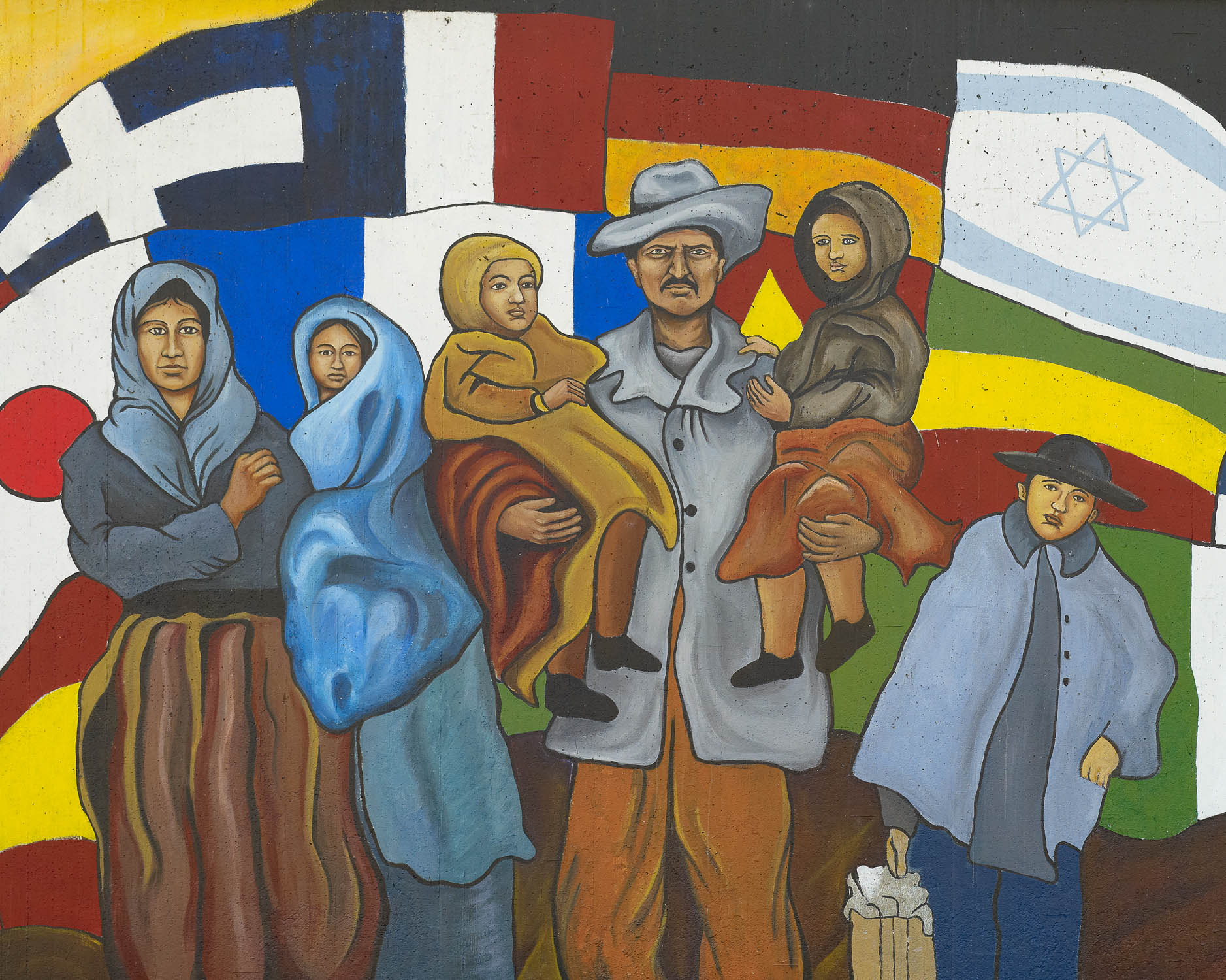
The mural pays homage to the diversity of immigrants whose labor in coal, steel, textile, oil, and lumber industries were instrumental to the home front efforts of World War I.
